Those who know Loredana Bessone well would describe her as a perfectionist: she will not sleep for days until she gets things done. Leadership is a word that comes up more than once when her colleagues try to define her.
Professional and tenacious, she is the mastermind behind the CAVES and Pangaea courses that help train astronauts to work in high-risk environments for future space exploration.
“Extreme environments on Earth, such as caves, are gyms to train our ability to take risks safely and become efficient explorers,” she says. “We prepare astronauts to act as field geologists, speleologists and biologists, all at once – science is always part of the mission,” she adds.
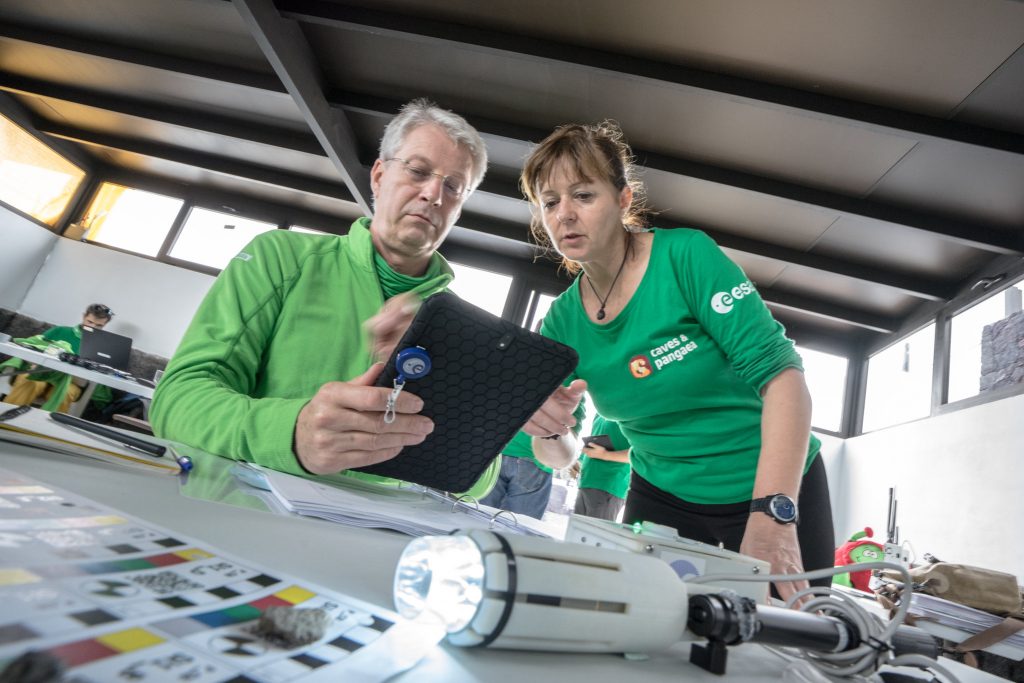
Loredana checks the Electronic Field Book with ESA astronaut Thomas Reiter during Pangaea 2018. Credits: ESA–A. Romeo.
‘Course designer’ is a limited title when it comes to encapsulating this woman’s frenetic activity. From the lights that illuminate the darkness of a cave to the flow of lessons, the alma mater of CAVES and Pangaea monitors every detail of the training. Sharp and energetic, multitasking is among her virtues.
Loredana doesn’t miss any opportunity to praise her team. One quickly realises how she pushes everybody to perform at their best. She greatly values motivation, and builds respect and trust around it. But don’t you dare be late or too slow.
Astronauts are not immune to her inquisitive nature, and are thrilled by the team’s passion for real exploration.
Her background is full of what she calls “creating opportunities.” At 25 years old, she started designing computer courses for astronauts at ESA. From there she moved on to train European instructors for the International Space Station and got involved in behavioural skills courses for astronauts, flight controllers and winter over personnel of the Italian-French Antarctic Station Concordia. Underwater training for spacewalks and survival courses are also part of her CV.
Meet Loredana Bessone, a risk-taker who took on the challenge of answering our barrage of questions without hesitation.
Question: Describe yourself in three words.
Answer: Control-freak, action-oriented, demanding.
Q: When did you know you wanted to work in the space arena?
A: In high-school I loved astrophysics and cosmology. I always loved science and technology. After my thesis at the European Organisation for Nuclear Research (CERN) I happened to land in ESA as a Young Graduate Trainee. I was trapped there I guess.
Q: What is the main thing you demand from your team?
A: Loyalty, excellence, willingness to share their experience, ambition, humbleness (despite their excellence), and dedication.
Q: What are you most proud of?
A: The CAVES & Pangaea teams, and the achievements they share with ESA and human spaceflight.
Q: Either at the office or hanging on a 100-metre wall, what drives your work?
A: The challenge of designing unique and formative training experiences for very demanding audiences.
Q: What does it take to become a ‘cavenaut’?
A: It’s easy: apply to be an astronaut and then get assigned to a CAVES training event. After that you just need to learn technical speleology, cave science, survey, cave photography, and execute a scientific mission in a damp, dark, cold alien and risky environment, whilst being an excellent leader, communicator, decision maker, team member and follower in a multicultural and multidisciplinary team of astronauts and cosmonauts.
Q: You wanted CAVES to become one of the best space analogues on Earth. Mission accomplished?
A: According to the participants to the last six editions, yes – fully accomplished. The debriefing of CAVES 2019 started with “Fantastic training! The best analogue we know on Earth of a mission to the International Space Station,” and finished with “Humbling to have a team of experts of such a level that dedicate their time and expertise to train us. A ‘wow’ team.”
Q: You land on the Moon, and you enter a lunar cave. What is the first thing you would do?
A: Make sure I have all required resources for my stay and means to come back to the surface.
Q: Three feelings you experienced inside a cave?
A: Awe, peace of mind, humbleness.
Q: The strongest impression you had leaving a cave after six days of exploration?
A: The fragrances of Earth, moss, leaves, flowers. For a couple of minutes everything comes through your nose as an unexpected wonder, whilst the sun paints the world in colours so vivid. All around you is augmented reality.
Q: One thing that made you really happy during CAVES 2019?
A: The excitement in the eyes of Nikolai Chub when he learned he is now a fully qualified speleologist, certified by the Italian Alpine Club.
Q: Your favourite cave food?
A: Freeze-dried fruits by Michele Pontrandolfo.
Q: Your favourite caving gear?
A: The Grigua CAVES shoes of Gaibana.
Q: What is the most difficult part of working with astronauts?
A: A sports coach or a flight instructor have been excellent sportsmen or pilots before. As an astronaut instructor, you have never gone to space. To be credible you need to excel. In CAVES I have instructors who are recognised explorers worldwide. They humble astronauts with their expertise.
Q: If you were an astronaut, who would you like to be?
A: Myself, but I would rather be a scientist.
Q: Women at the top of the space endeavour. Do you care?
A: I care for excellence. Women need to be given opportunities from their childhood. After that, you do not need to distinguish individuals by sex, but by their abilities.
Q: How do you handle stress?
A: By focusing on tasks and goals. Once they are achieved, I sleep to recover.
Q: Science or exploration?
A: Scientific exploration.
Q: What is your favourite place on Earth?
A: My mountain hut: 1500 m high in the Italian Alps, with a view on Monviso.
A: Moon or Mars?
B: Moon, then Mars.

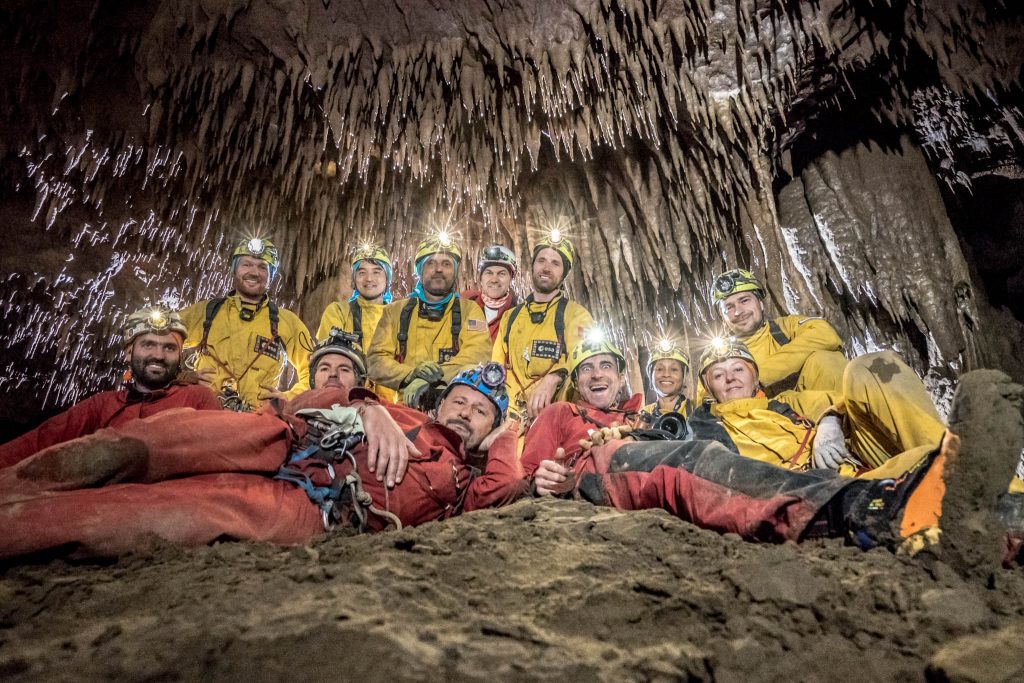
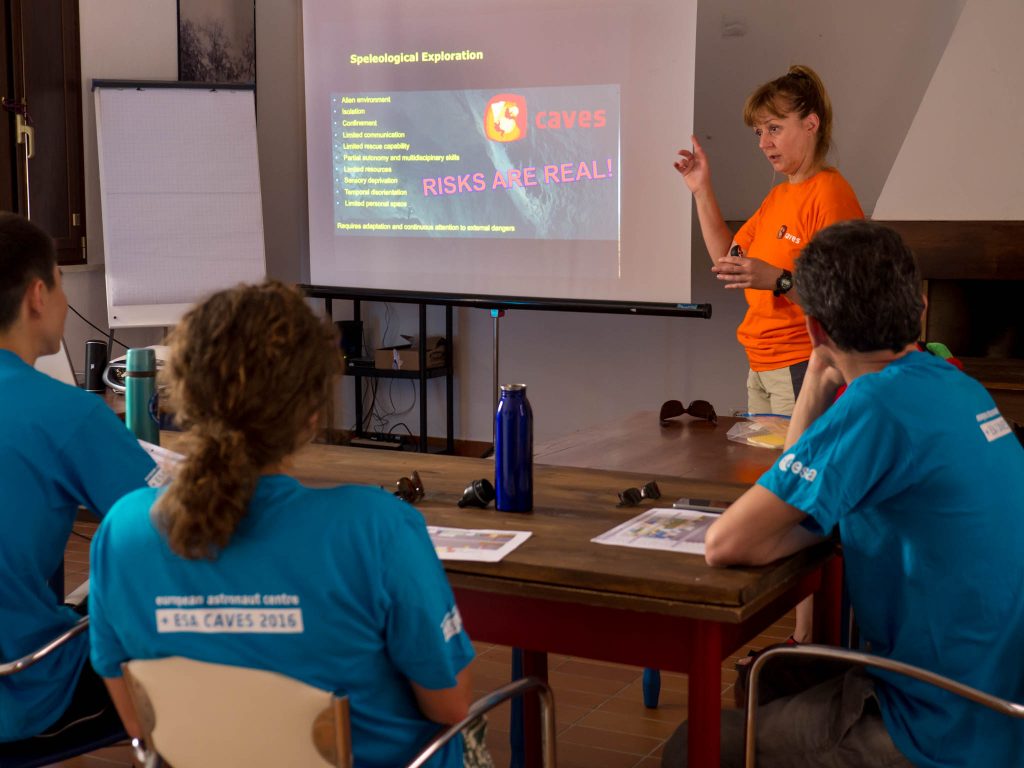
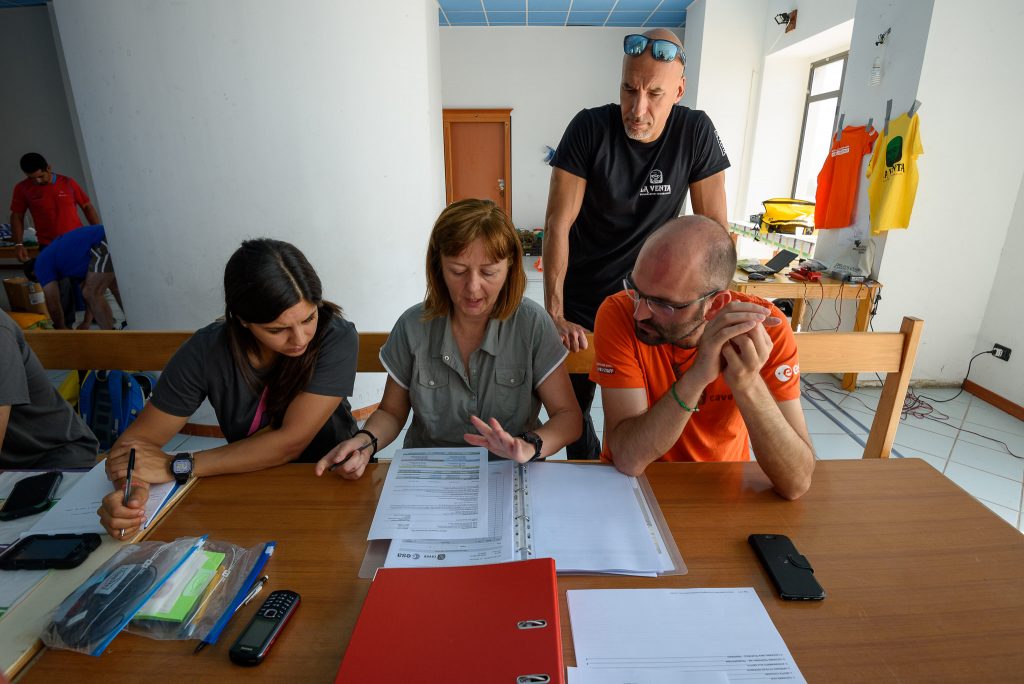
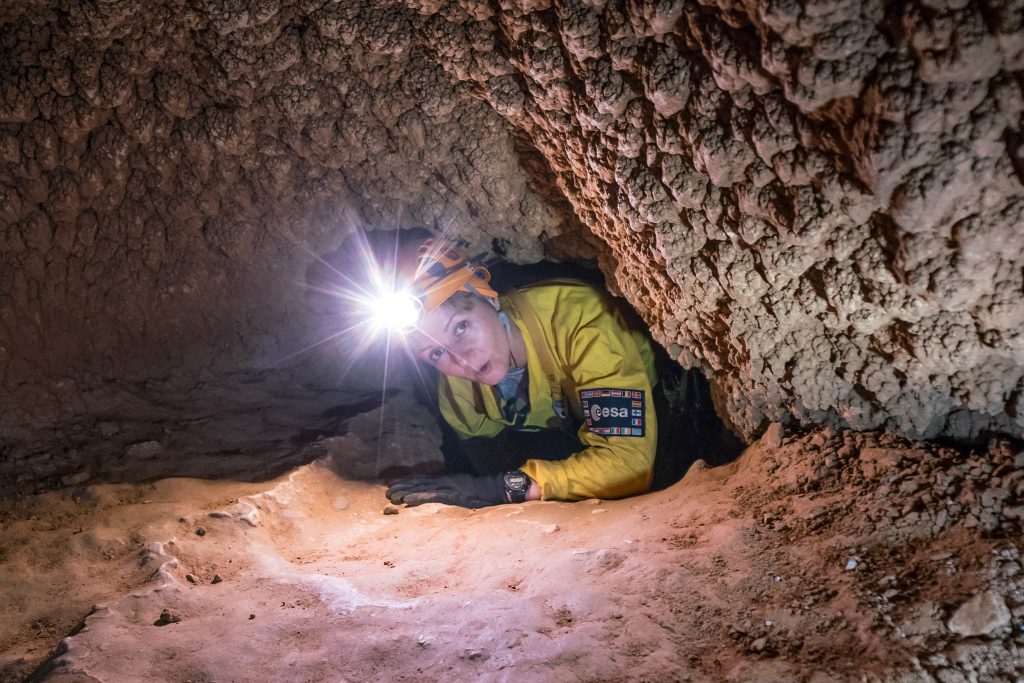
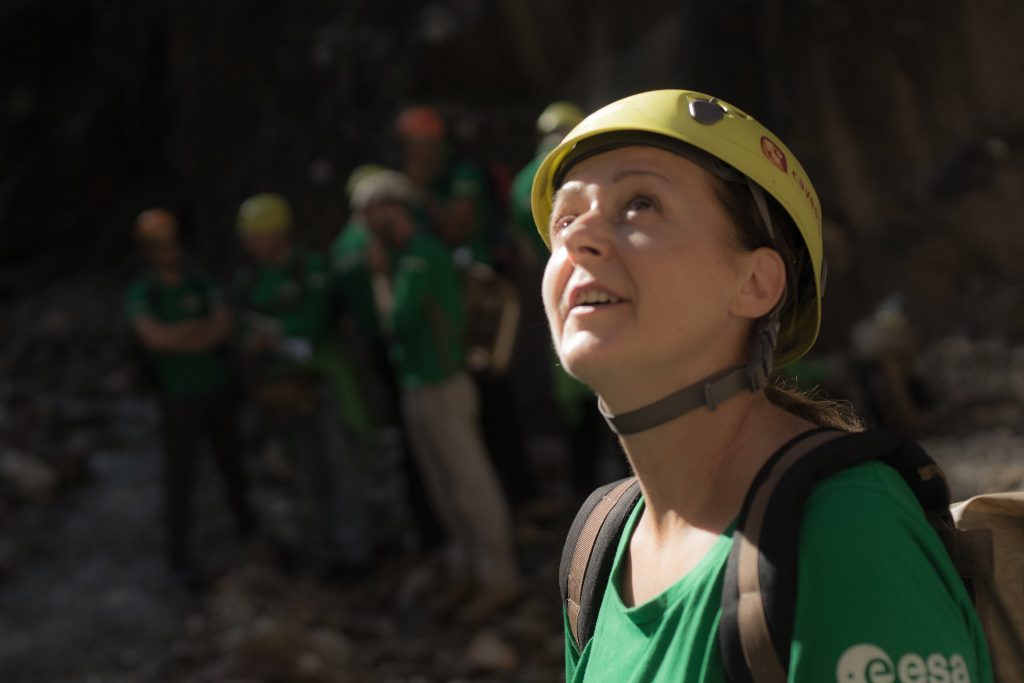

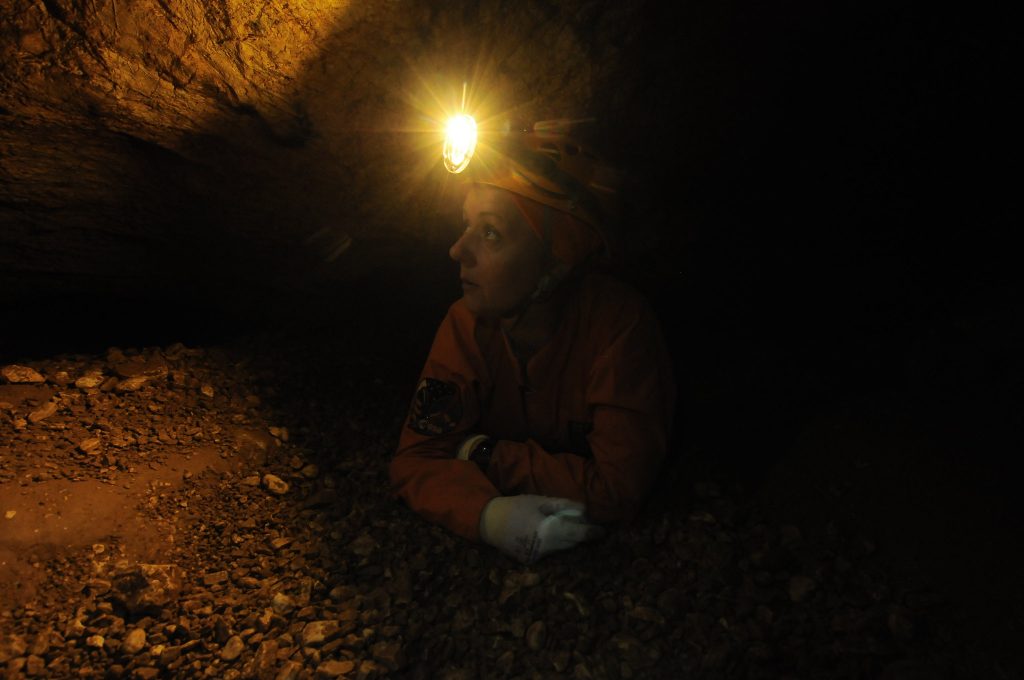
Discussion: no comments